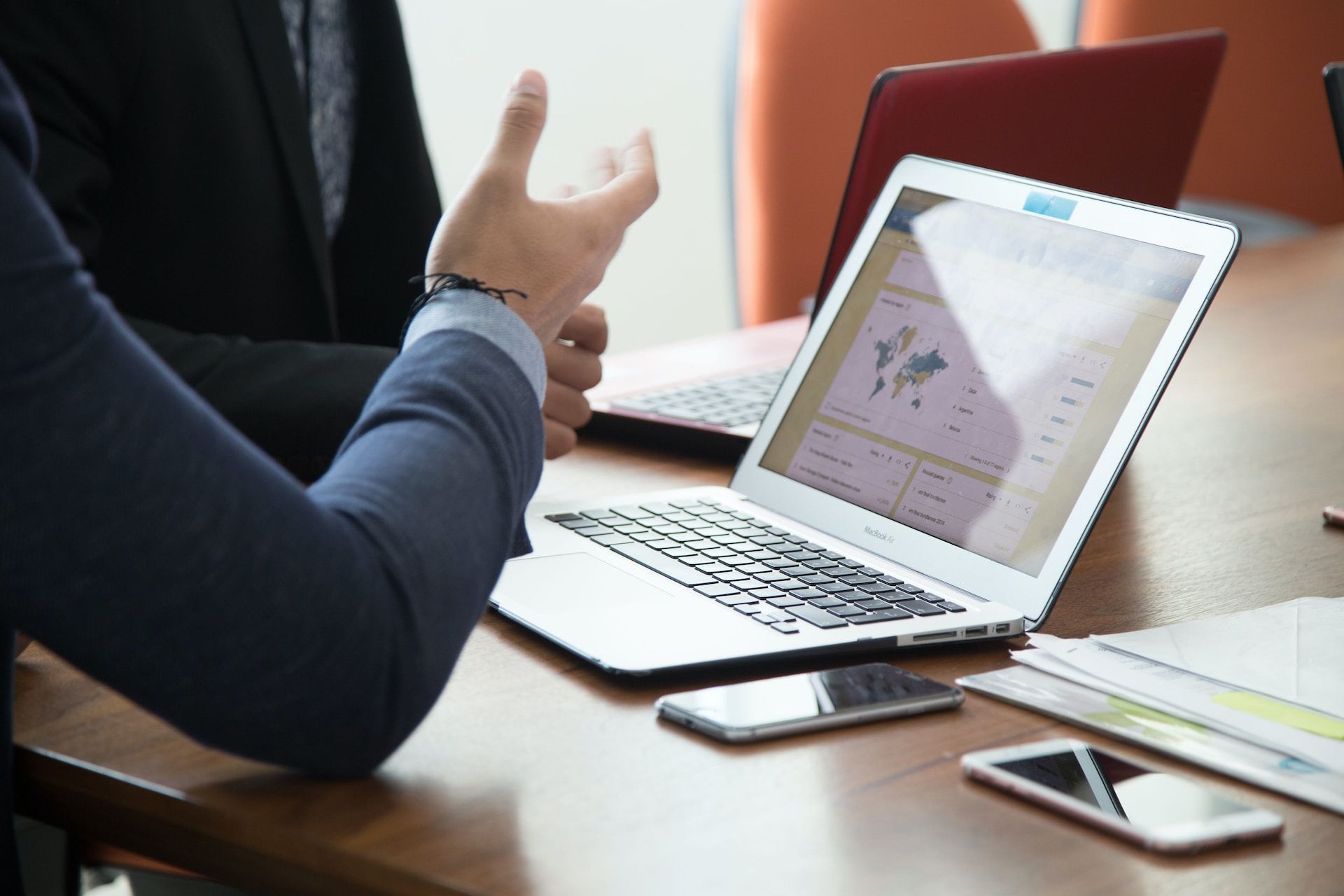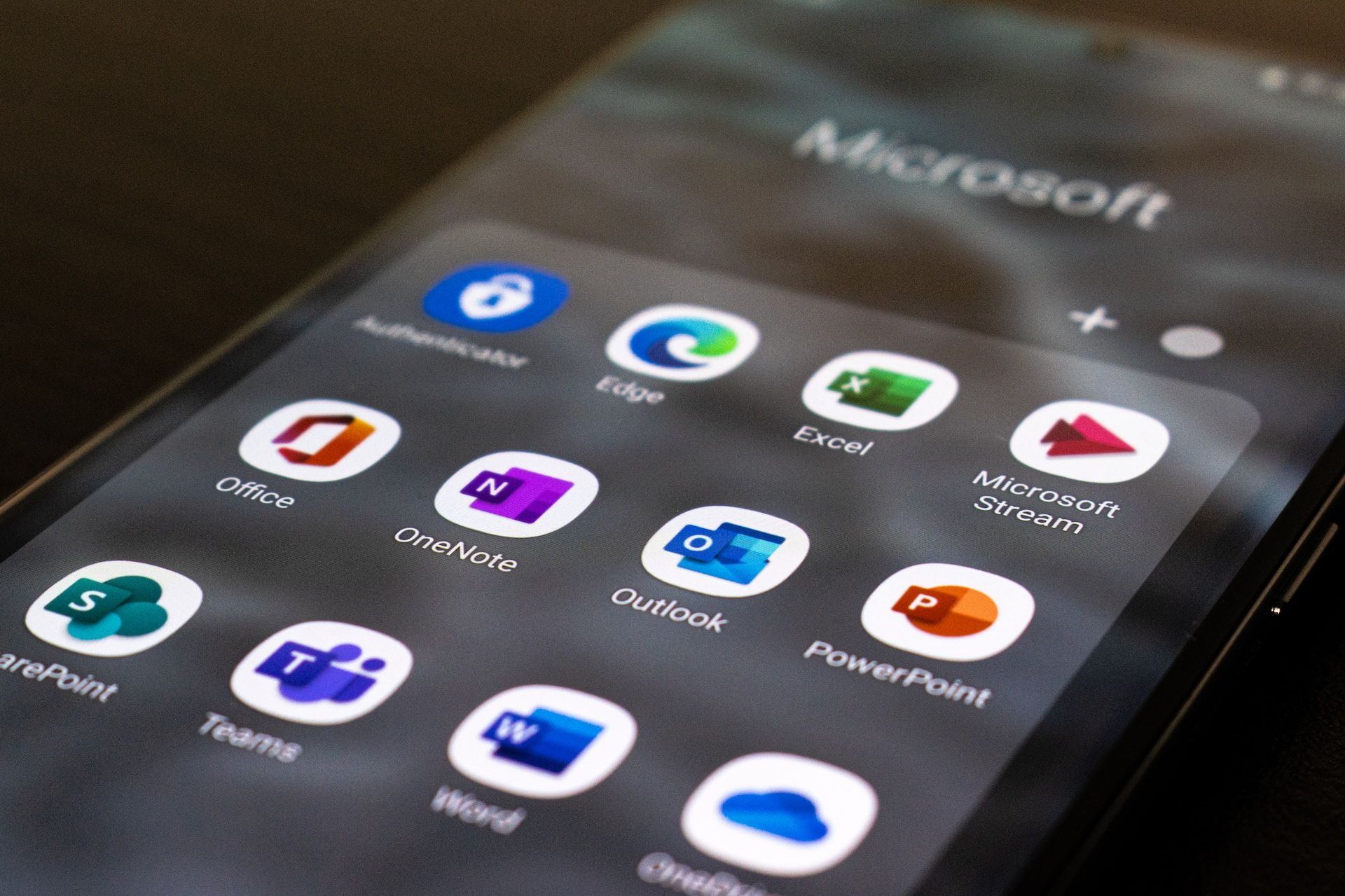Fight Spam and Phishing With These Great Tips
Kordel Eberly
Spam and Phishing Could Cost Your Company Big Time!

Every day, 14.5 billion spam emails are sent globally. That’s 45% of all emails, and it costs businesses $20.5 billion every year, according to DataProt. Phishing, a type of spam email, accounts for 90% of all data breaches , and the average cost of a phishing attack for a mid-size company is $1.6 million.
What is Spam?
Email spam are unsolicited messages that have become more than just an irritant. They cost businesses billions of dollars every year. Some of those costs appear relatively innocuous, such as lower productivity and wasted storage space (although some studies have shown the actual cost is higher than you would expect).
The more obvious danger of spam is the threat it poses to cybersecurity, including phishing.
Note: While not relevant to this conversation, but interesting none-the-less, the term “spam” comes from a Monty Python skit that takes place in a café where spam is included in almost every dish on the menu.
What is Phishing?
Phishing, which began as early as the 1970s, occurs when a criminal masquerades as a trusted source – a bank, a business, etc. – in an email (or other electronic communication) and attempts to obtain sensitive information, such as credit card numbers, passwords, etc. from the recipient.
Phishing can take on many forms. Here are just a handful:
·Spear phishing is directed at a specific individual or company
·Whaling attacks target senior executives
·Clone phishing makes a malicious version of a legitimate message the victim has already received
·Evil twin phishing (Aka the Starbucks scam) uses a malicious Wi-Fi that appears legitimate
How to Recognize the Warning Signs
While cybercriminals have become very sophisticated and malicious emails can appear to be very authentic (matching the style, logo, etc. of legitimate emails), there are things to watch for:
·Emails that ask you to provide personal information, such as banking information or user name and password. It’s typically information that those organizations would not usually request.
·The URL or email address doesn’t look quite right. Look closely at the information. At a quick glance, it may look legit, but upon closer inspection, you may find something that doesn’t look quite right—for example, @mail.netflix.work instead of @netflix.com.
·The email is poorly written. Check for grammatical and spelling errors or odd ways of saying things.
·Emails meant to cause panic. If you get an email that tells you an account is going to be closed, or you’ll lose your house if you don’t take action right NOW, don’t panic and don’t take any action until you investigate further.
If the email seems suspicious, do NOT reply, click on any links, or use any contact information in the email. Instead, check your records or go online and contact the organization directly to check the legitimacy of the email.
Help protect your business from costly cyber-attacks by watching for these clues that an email may not be legit, and train employees about what to look for and what to do if they suspect the email is not legit. You and your employees are the last line of defense against spam and phishing.
Security Software
While employees may be your last line of defense, reliable security software that addresses a wide range of advanced attacks should be your first line of defense. Eberly Systems offers a variety of solutions to protect your business from the risk of spam and phishing. Call us today at 610-374-4049 or f ind us online so we can customize a solution that is right for your business.











